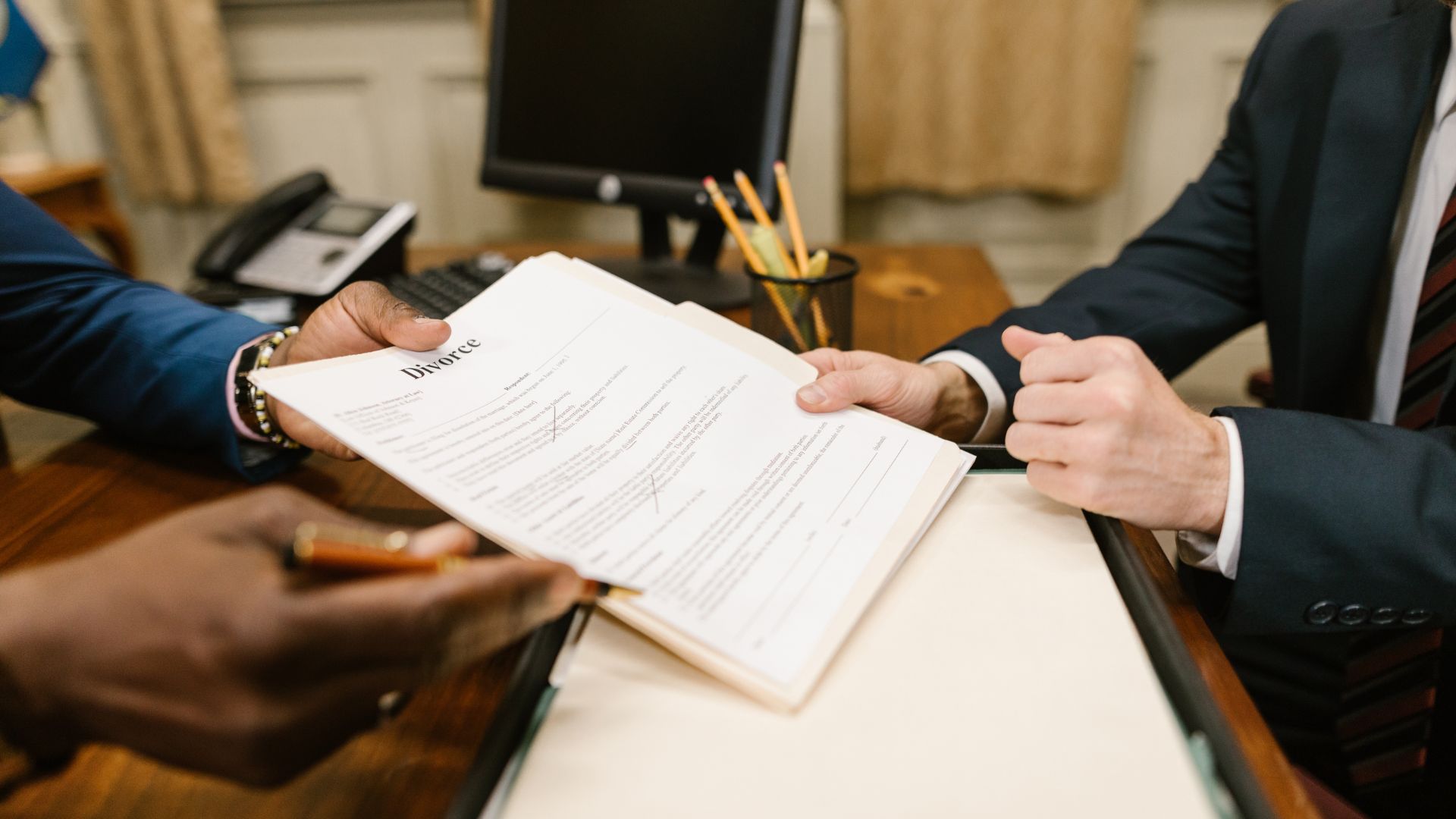In international litigation, every word counts. Every word can influence the outcome of a dispute. And when the documents in a case have to be understood by a foreign court, an international arbitrator or an opposing party in another language, legal translation becomes much more than a simple linguistic exercise: it becomes a strategic component of the litigation.
At Legal 230, we support law firms, legal departments and institutions on a daily basis in the rigorous management of their translations in the litigation phase. Find out why this stage deserves your full attention.
Translating a document is not enough: you need to convey the whole reasoning behind it.
Litigation is built on a chain of arguments, evidence and procedures. An isolated translation, processed without an overall vision, can compromise the coherence of your case. It's not just a question of "translating words", but of conveying legal reasoning in all its logic and precision.
Here's a concrete example: in a commercial case between two European companies, the French lawyer has to translate dozens of documents into English. These documents include internal e-mails, contracts, an internal audit report and conclusions. If each translator works in isolation, without terminological consistency, the file becomes illegible - or even contradictory - for the arbitral tribunal.
An inaccurate translation can weaken your litigation position
Contrary to popular belief, the translation of a legal document is not just a "neutral", technical task. In a contentious context, it has a direct impact on communication and persuasion strategy. Legal reasoning weakened by a shaky translation can be misinterpreted by the judge or poorly received by the opposing party.
An inappropriate tone, an overlooked legal nuance or an approximate term can change the perception of the message. When translating e-mail exchanges, an error of tone or a misunderstanding of an informal expression can give the impression of an implicit acknowledgement of responsibility. This detail, at first sight insignificant, can have consequences for the rest of the procedure.
What are the most common mistakes in managing translations for litigation?
Here are the main vulnerabilities we encounter:
- Use translators who are not legal experts: the risk of terminological errors or misunderstandings is high.
- Failure to harmonize translations of the same file: in the same dispute, different documents often need to be translated. Without a coherent lexical structure and a coherent management strategy, the message becomes fragmented.
- Ordering a translation in a hurry without any preparation: this can lead to oversights, delays or approximations.
- Neglecting legal proofreading: translations need to be validated not only linguistically, but also legally.
- Underestimating confidentiality: the security of translated documents is essential, especially in sensitive cases. A leak or mishandling of confidential data can seriously damage defense strategy.
Litigation translation: why a strategic approach is needed
In a court case, each piece of evidence is part of a precise timetable and sequence of procedures. The translation must not only keep pace with this, but also prepare for it.
Here are a few best practices:
- Plan translations as soon as litigation files are opened
- Draw up a legal glossary to ensure consistency of terminology
- Identify priority documents for translation based on their strategic impact
- Work with translators who understand the mechanisms of litigation, whether civil, commercial, criminal or international arbitration.
On this last point, Legal 230 is often called upon to provide translations for arbitration proceedings. In such cases, it is imperative to master the terms specific to the procedure (e.g. "amicus curiae", "statement of claim", "terms of reference"), as well as the specific requirements of confidentiality and format. Our article on the translation of a conclusion in international litigation highlights the importance of a convincing legal style, even in translation.
Certified translation: a frequent requirement in international litigation
Many procedures require certified (or "sworn") translation of certain documents to be admissible before a foreign court. These include
- summonses to serve abroad,
- foreign judgments to be enforced in France or another country,
- arbitration awards for certification,
- evidence produced in cross-border proceedings.
In our article dedicated to the translation of a writ of summons, we emphasize the absolute rigor expected of this type of translation. Legal 230 has a network of sworn translators in over 100 language combinations, recognized by the relevant appeal courts and authorities.
The Legal 230 approach: translations to support your defense strategy
Our teams intervene upstream and throughout the procedure to :
- Ensuring overall consistency of translations
- Meeting procedural deadlines without sacrificing quality
- Offer cross-reading by native legal translators
- Guarantee the confidentiality of exchanges and translated documents
- Translating with the nuance and precision of a bilingual lawyer
We also offer centralized translation management for complex or long-term cases, in direct liaison with lawyers, legal departments or litigation departments. This ensures optimum responsiveness and seamless coordination of all documents to be produced.
In a nutshell
Litigation translation is not just a support service. It is a strategic weapon, in the same way as legal argument or legal communication. Taken lightly, it weakens the defense. Rigorously managed, it becomes a lever for efficiency.
📩 Need an urgent translation for an ongoing dispute?
We're with you every step of the way, from parts audit to on-time delivery.
👉 Contact us or request a free quote

